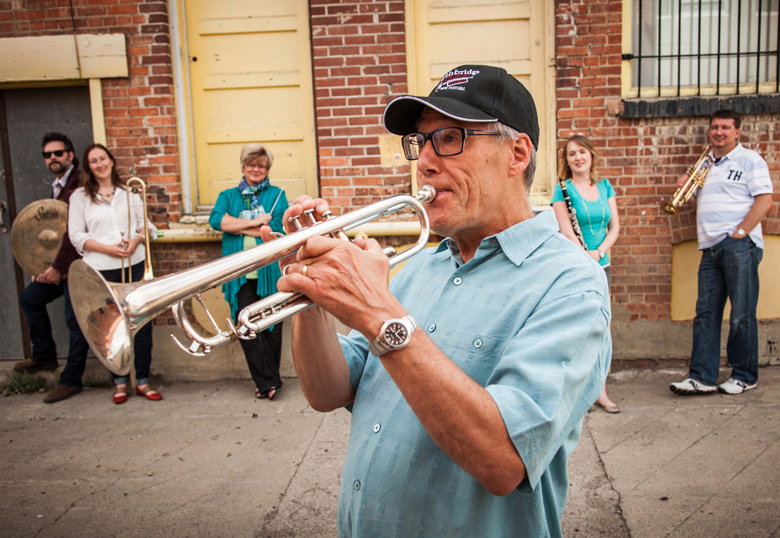One of a large family of musicians, Dr. Ed Wasiak began teaching trumpet at age 15. During four decades of teaching and research, he has noted the evolution of instrumental music programs in schools.

“Bands have been dominant in Canadian music education for more than 50 years,” he says. “However, now there are many other options.”
Wasiak’s textbook, Teaching Instrumental Music in Canadian Schools, builds upon what’s good in traditional school band programs, while encouraging new approaches that appeal to today’s learners.
“Kids are passionate about music,” he says. “Studies show they spend many hours a day wearing headphones. A high percentage would love to be engaged in creative expression; however, they may not be interested in traditional school music programs. Let’s offer a vibrant guitar program, world drumming, or a rock band. It takes years of hard work to create a beautiful sound on an instrument, but with technology like digital audio labs, students can create music quickly and with less frustration.”
Wasiak is quick to point out that he’s not endorsing music teachers to abandon years of practice.
“There is still a place for traditional acoustic instruments,” adds Wasiak. “My intent is to encourage educators to be proactive and envision a future for instrumental music education in Canada that better meets the needs and interests of 21st century learners.”
Wasiak stresses the importance of instrumental music teachers using current theory in classroom leadership and management, as well as in curriculum, instruction and assessment practices.
“If we do, students’ performances will improve,” he says, “and our instruction will lead to lifelong musical understanding and appreciation.”
Grounded in research, Wasiak’s recently published work covers many current issues in Canadian musical education, and includes suggestions for assignments, questions, and resources.
“I field-tested much of the book on my students,” says Wasiak.
Graduates are now taking it into their own classrooms.
A companion website to the book features videos, templates, exemplars, presentation materials, webinars and podcasts.
